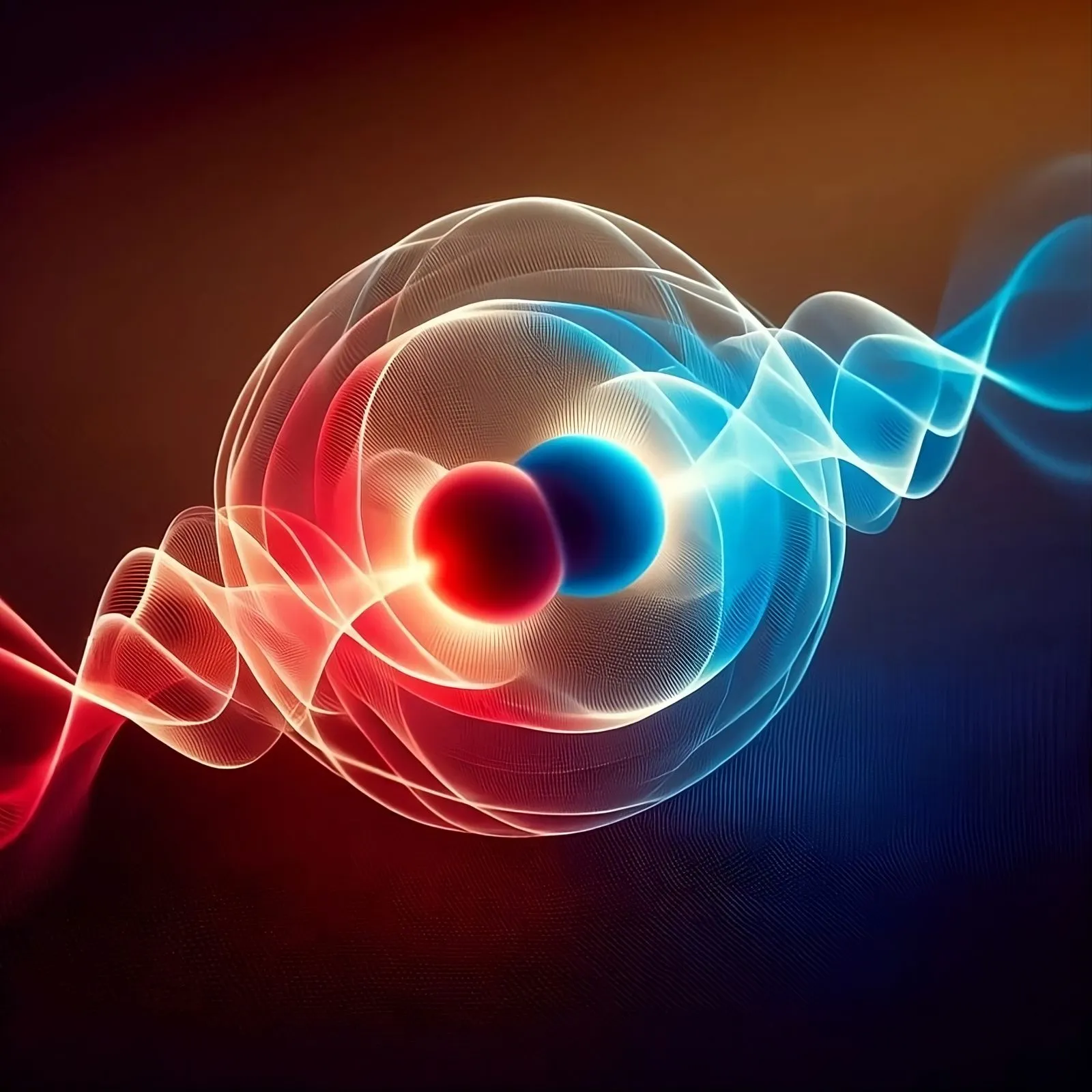This quantum entanglement laser will allow the military to see through fog
Published by Cédric,
Article author: Cédric DEPOND
Source: Washington University in St. Louis
Other Languages: FR, DE, ES, PT
Article author: Cédric DEPOND
Source: Washington University in St. Louis
Other Languages: FR, DE, ES, PT
Follow us on Google News (click on ☆)

Jung-Tsung Shen is developing a prototype of the quantum photonic dimer laser thanks to a two-year, one-million-dollar grant from the Defense Advanced Research Projects Agency of the U.S. Department of Defense.
Image: Jung-Tsung Shen, using DALL.E and Affinity Designer
Professor Jung-Tsung Shen, from the Department of Electrical and Systems Engineering at Washington University in St. Louis, is leading this project. With a $1 million grant from DARPA, his team is working on a prototype of this innovative laser. The principle is based on using quantum entanglement to link two photons together. This technique allows the generation of a highly concentrated and powerful laser beam, even in adverse conditions.
Photons, these fundamental particles of light, travel quickly and carry no charge, making them difficult to manipulate. However, Jung-Tsung Shen's team discovered that by linking two photons of different colors through quantum entanglement, they behave like a single photon. This union improves their energy and efficiency. Jung-Tsung Shen explains that these entangled photons protect each other from the harmful effects of the atmosphere, thus preserving certain essential information for communication and imaging applications.
The quantum photonic dimer laser operates using quantum entanglement, a phenomenon where two particles remain correlated, even at a distance. This special bond makes photon pairs easier to manipulate and more stable, thereby increasing the energy and precision of the laser beam. This makes it a potential tool for secure communications and surveillance in challenging environments.
The potential military applications of this technology are vast. Lasers are already used for satellite communications, targeting, navigation, and tracking systems like Lidar. The ability of quantum lasers to maintain their performance in extreme conditions could revolutionize these fields. Additionally, this technology could also be useful in medical imaging and fundamental physics research.